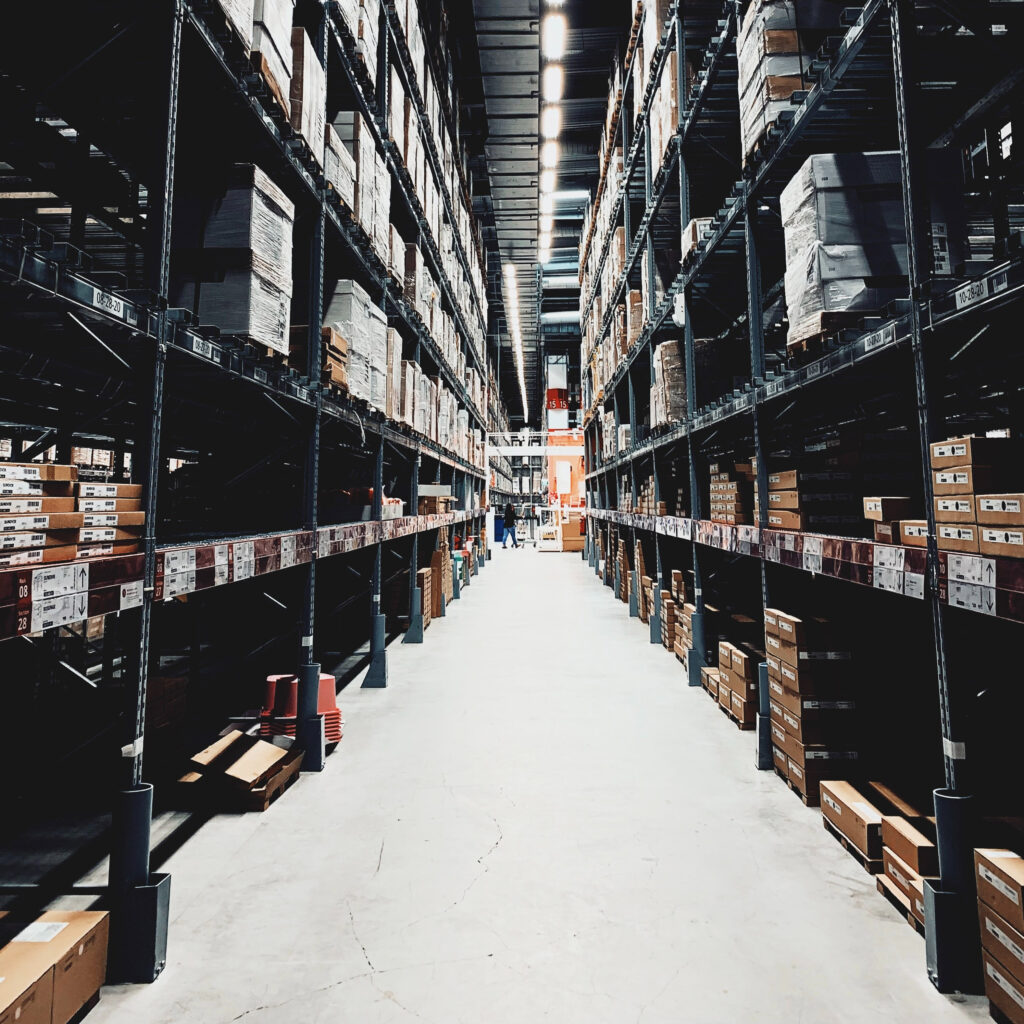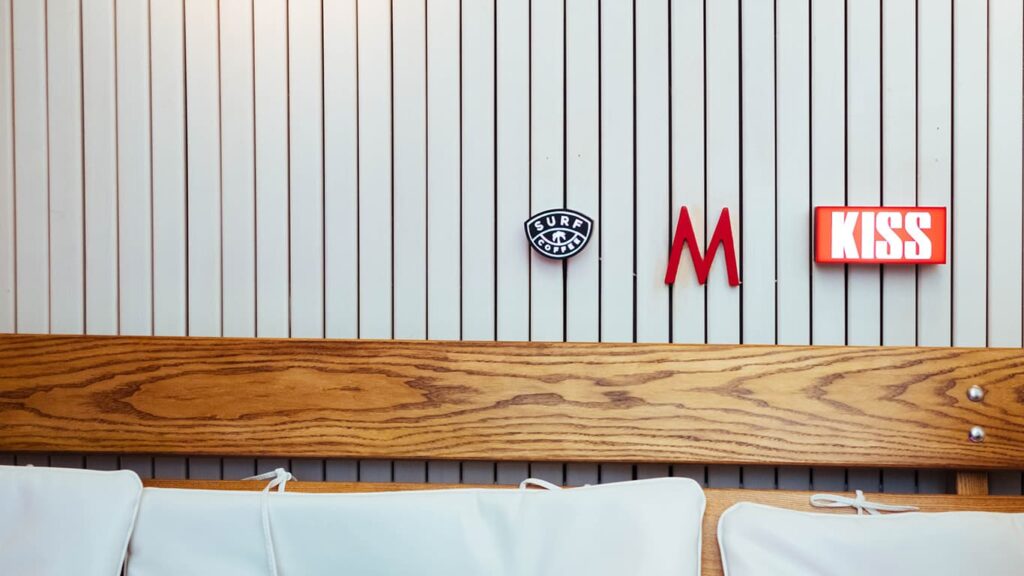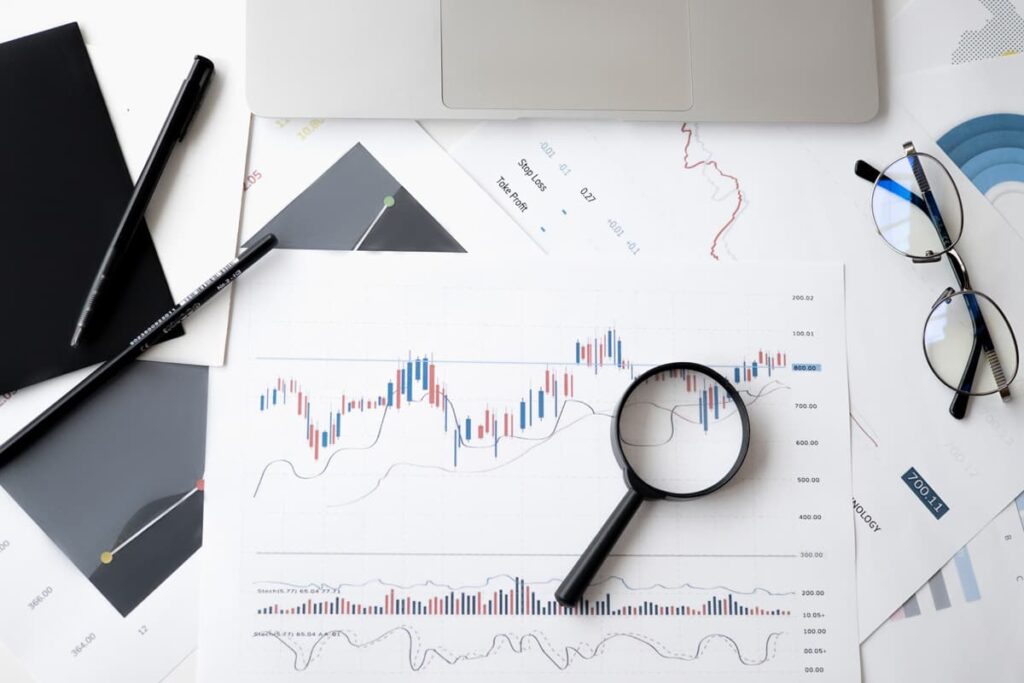Introduction
In the fast-paced world of retail, the ability to quickly move products from the shelf to the consumer's cart, known as retail velocity, is a critical success factor for Consumer Packaged Goods (CPG) brands. With increasing competition and evolving consumer demands, CPG brands must strive to optimize their retail velocity to secure a strong market presence.
This article delves into the importance of retail velocity for CPG brands, exploring various facets such as retailer relationships, consumer insights, competitive advantage, and profitability. It offers practical tips to boost retail velocity and discusses the role of technology in shaping retail operations. It offers insights into how an integrated platform can provide the necessary tools to accelerate retail velocity effectively.
Whether you're a seasoned player in the CPG industry or a budding brand looking to carve a niche, this article promises to equip you with valuable insights and strategies to enhance your retail performance.
The Importance of Retail Velocity for Consumer Packaged Goods (CPG) Brands
1. Maintaining Relationships with Retailers
Retail velocity is integral to maintaining and expanding relationships with retailers. A high retail velocity signifies that your product is popular with consumers and sells quickly, which is a highly attractive proposition for retailers. This can lead to more shelf space and better placement within the store, thereby increasing the product's visibility.
Moreover, a healthy retail velocity can strengthen the negotiation position of CPG brands with current and potential retail partners. It demonstrates the product's ability to attract customers and generate sales, making the brand an appealing partner for retailers.
2. Consumer Demand Insight
Retail velocity serves as a real-time indicator of consumer demand. High retail velocity shows that your product is resonating well with consumers, while a sudden drop can serve as an early warning sign of changing consumer preferences or emerging issues.
By closely monitoring retail velocity, brands can gain valuable insights into their product performance, consumer buying patterns, and market trends. These insights can guide strategic decisions around product innovation, marketing, and distribution, allowing brands to respond swiftly to changes in consumer demand.
3. Competitive Advantage
In the highly competitive CPG industry, a high retail velocity can provide a significant competitive advantage. It not only signals to consumers that your product is popular but also makes your product more attractive to retailers.
Furthermore, retail velocity can influence a brand's reputation. Products that move quickly off the shelves are often perceived as more desirable, enhancing the brand's image and appeal to both consumers and retailers. This can help CPG brands stand out in a crowded marketplace and gain a competitive edge.
4. Profitability
Finally, retail velocity has a direct impact on a brand's profitability. The faster a product sells, the quicker the brand recovers its investment in that product, which leads to increased cash flow and profitability.
High retail velocity also reduces the risk of overstock and waste. It ensures that inventory turns over quickly, reducing storage costs and the likelihood of products expiring or becoming obsolete before they can be sold.
In conclusion, retail velocity is a key performance indicator that significantly influences the success of CPG brands. By focusing on strategies to increase retail velocity, these brands can strengthen their retailer relationships, gain valuable consumer insights, achieve a competitive advantage, and enhance their profitability.
Practical Tips to Improve Retail Velocity
Boosting retail velocity is a top priority for many CPG brands and good reason. An increase in retail velocity can lead to better shelf placement, improved retailer relationships, and ultimately, higher sales and profitability. Here are some practical tips for brands looking to improve their retail velocity:
1. Understand Your Customers
Having a deep understanding of your customers is the first step to increasing retail velocity. Use market research to gain insights into your customers' needs, preferences, and buying behaviors. This can guide your product development, packaging, pricing, and marketing strategies.
2. Enhance Product Visibility
The more visible your product is, the more likely it is to be purchased. Work with retailers to secure prominent shelf placement, and invest in eye-catching packaging and in-store displays.
3. Optimize Pricing
Price is a significant factor influencing buying decisions. Make sure your product is priced competitively, taking into account both the cost to the consumer and your profit margins. Consider offering promotions or discounts to incentivize purchases and increase the speed of sales.
4. Provide Excellent Customer Service
Outstanding customer service can encourage repeat purchases and foster brand loyalty, both of which can boost retail velocity. This includes providing clear and helpful product information, responding promptly to customer queries or complaints, and ensuring a smooth and pleasant buying experience.
5. Invest in Marketing and Promotion
Effective marketing and promotion can raise awareness of your product and stimulate demand. This could involve traditional advertising, digital marketing, social media campaigns, in-store promotions, or public relations efforts.
6. Collaborate with Retailers
Build strong relationships with your retailers and work together to boost sales. This could involve joint marketing initiatives, staff training to improve product knowledge, or sharing customer insights to meet consumer needs better.
7. Monitor and Adapt
Track your retail velocity regularly to identify trends and understand the impact of your strategies. Be ready to adapt quickly to changes in the market or consumer behavior.
By implementing these strategies, CPG brands can increase their retail velocity, leading to higher sales, stronger retailer relationships, and greater market success.
Retail Experience Study: Leveraging Platforms and Collaboration for Enhanced Brand-Retailer Relationships
In the evolving retail landscape, maintaining a robust relationship between brands and retailers is paramount. Brands must strive to understand the retail environment, customer behavior, and the impact of their strategies in real time. In this context, running retail experience studies and leveraging modern platforms can provide valuable insights to enhance this relationship and boost retail velocity.
A. Utilizing Platforms for Retail Experience Studies
In the digital age, numerous platforms are available to brands that can help conduct comprehensive retail experience studies. These platforms can aid in executing trial studies, sending customers to stores, and collecting data. They provide a framework to test and measure the impact of various strategies in a controlled setting.
Brands can use these platforms to launch promotional campaigns, offer special discounts, or introduce new products, tracking their impact on foot traffic, customer engagement, and sales. These platforms provide real-time data, offering valuable consumer insights into behavior, preferences, and buying patterns. Understanding these consumer insights is crucial for tailoring strategies to improve retail velocity.
B. Harnessing Platforms for Data Collection and Analysis
Data, especially data reflecting consumer buying patterns, is the cornerstone of any successful retail strategy. Platforms equipped with advanced analytics tools can help brands gather, analyze, and interpret this crucial data related to their retail performance. By analyzing this data, brands can identify trends, spot opportunities, and address issues promptly.
These platforms can track a plethora of data points, from the effectiveness of in-store displays to the impact of pricing strategies on sales. This data can guide brands in making informed decisions, enabling them to optimize their strategies and increase retail velocity.
C. Investing in Targeted Marketing and Promotion
In the pursuit of boosting retail velocity, targeted marketing and promotion play a pivotal role. Brands can leverage platforms to create and launch advertising campaigns, sales promotions, social media outreach, and email marketing initiatives.
The data collected from these platforms can help brands understand which marketing channels and messages resonate best with their target audience. This enables brands to fine-tune their marketing strategies, ensuring they reach the right consumers with the right message at the right time, driving traffic to stores and increasing sales.
D. Collaborating with Retailers: Building a Win-Win Relationship
Collaboration between brands and retailers forms the backbone of a successful retail strategy. Brands should focus on establishing strong relationships with retailers by maintaining open lines of communication, providing consistent support, and sharing valuable insights.
Brands can leverage platforms to provide regular buyer reports to retailers, helping them understand product performance, customer preferences, and market trends. These reports can support retailers in meeting consumer demand more effectively and aid in their decision-making process.
In turn, retailers can share their observations and feedback with brands, helping them improve their products, packaging, or in-store strategies. This collaborative approach leads to a win-win situation, boosting retail velocity, enhancing customer satisfaction, and ultimately driving growth for both brands and retailers.
In conclusion, leveraging platforms for retail experience studies, data collection targeted marketing, and retailer collaboration can significantly enhance brand-retailer relationships and boost retail velocity. By adopting these strategies, brands can better understand and respond to consumer behavior, optimize their retail strategies, and drive success in the competitive retail landscape.
The Role of Technology in Retail Velocity: From Isolated Solutions to Integrated Platforms
The dawn of the digital era has brought about a significant shift in the retail landscape. Technology has emerged as a key player in shaping retail strategies and enhancing retail velocity. From inventory management and data analytics to customer engagement and marketing, technology has permeated every facet of retail operations.
In the past, technological solutions in the retail industry were often isolated, focusing on one specific area. There were systems for inventory management, separate tools for customer relationship management, distinct solutions for sales tracking, and standalone platforms for marketing campaigns. While these tools provide value in their respective areas, they could not provide a holistic view of the retail operation.
Moreover, the use of multiple disconnected systems often led to data silos, making it challenging to gain a comprehensive understanding of retail performance. Information was scattered across different platforms, making data analysis and decision-making processes cumbersome and less effective.
Fast forward to today, the landscape of retail technology has dramatically evolved. Companies are now offering integrated platforms that cover all aspects of retail operations. These platforms are designed to be a one-stop solution for brands, providing tools for inventory management, sales tracking, data analytics, customer engagement, marketing, and more, all under one roof.
The shift towards these integrated platforms has several advantages. First, it provides a unified view of the retail operation, making it easier to track performance, identify trends, and make data-driven decisions. It allows for more effective collaboration and communication within the organization, as everyone has access to the same information.
Second, integrated platforms provide real-time data, enabling brands to respond quickly to changes in the market. Whether it's a sudden surge in demand for a particular product or an emerging consumer trend, brands can act swiftly, adjusting their strategies to optimize retail velocity.
Third, these platforms offer scalability. As the brand grows, the platform can scale to accommodate increased demand, more products, or expanded retail networks. This allows brands to focus on their core business without worrying about outgrowing their operational systems.
Lastly, integrated platforms can automate routine tasks, freeing up time for brands to focus on strategic decision-making. From automated inventory updates to AI-powered customer insights, these platforms leverage technology to streamline operations and increase efficiency.
In conclusion, technology plays a pivotal role in enhancing retail velocity. The shift from isolated solutions to integrated platforms has revolutionized the retail landscape, offering brands a comprehensive, scalable, and efficient solution to drive their retail success. By leveraging these platforms, brands can gain a holistic view of their operations, respond swiftly to market changes, automate tasks, and ultimately, increase their retail velocity.
Conclusion
In the rapidly evolving retail landscape, marked by the ongoing digital transformation in retail, accelerating retail velocity is more than a goal; it's a necessity. A strong relationship with retailers, keen consumer insights, strategic marketing, and the strategic use of technology can significantly enhance a brand's performance in the marketplace.
The journey towards increased retail velocity involves many moving parts, and having a single, integrated platform that brings all these elements together can be a game-changer. Such platforms like Peekage can offer comprehensive tools for conducting retail experience studies, harnessing data-driven insights, launching targeted marketing campaigns, and implementing advanced analytics.
In this era of digital transformation, embracing such tools can empower brands to stay ahead of the curve. It can provide a holistic view of operations, enabling swift and effective responses to market changes, thereby increasing retail velocity.
As we look toward the future, the importance of retail velocity for CPG brands will only continue to grow. In such a scenario, adopting an integrated approach and leveraging the right tools can pave the way for sustained growth and success. Brands ready to embark on this journey stand to gain a competitive edge and secure a robust position in the retail landscape.



